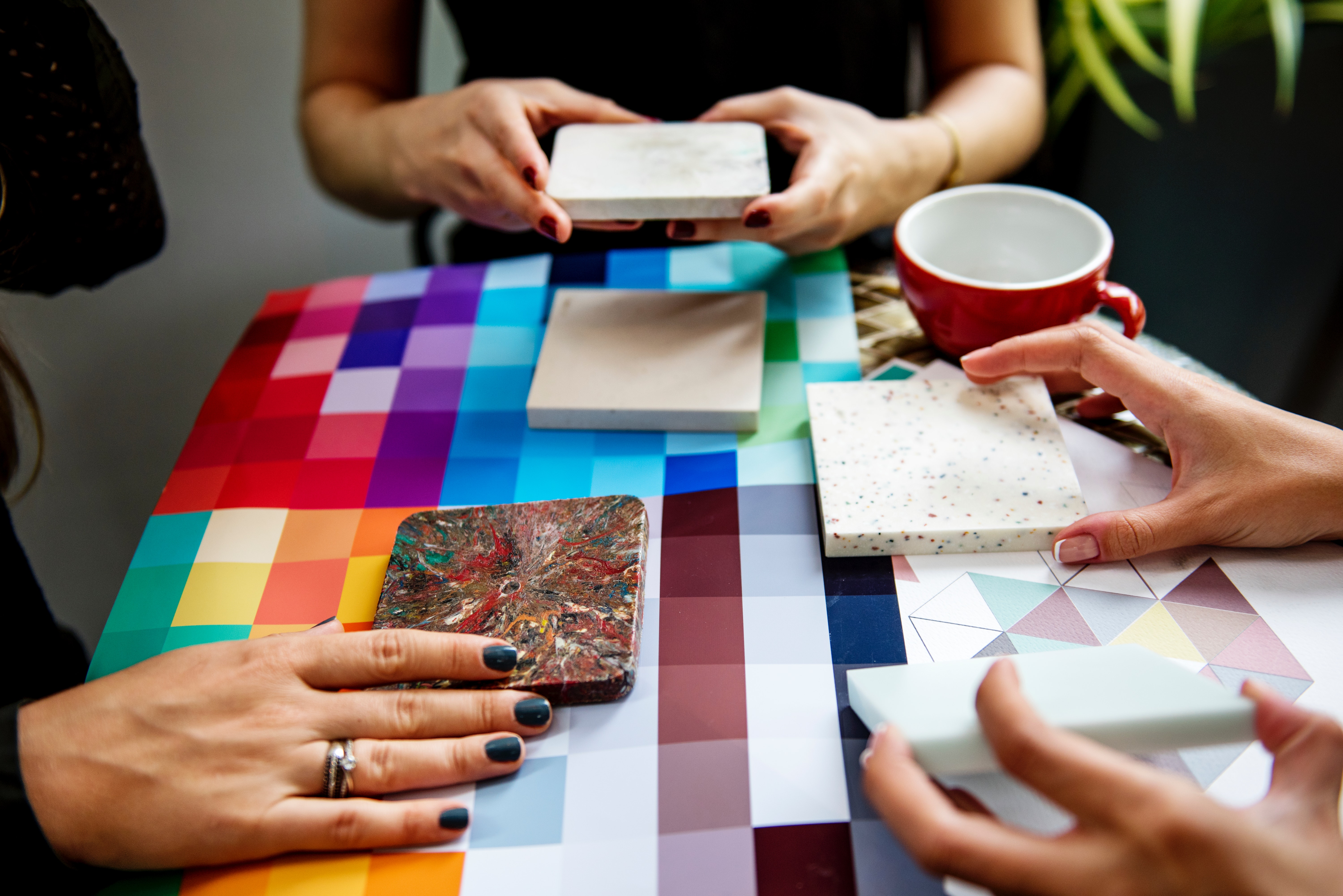Creativity can be a powerful leadership tool used to solve complex business problems. Yet, it is often one of the least discussed and most misunderstood assets of today’s leader.
Some of the most successful leaders are able to embrace and harness their inner creativity, look holistically at the situation, and deliver appropriate, relevant, and often more innovative solutions to challenging organizational issues.
How do you know if you have the capacity for solving problems by tapping into your creativity? And even if you knew that what does it look like in practice?
Brad Deutser, founder and CEO of Deutser, an award-winning management consulting firm, and the Deutser Clarity Institute, a think tank and idea accelerator, shared with me five great ways to encourage, cultivate, and drive your own creativity, which I’m sharing below.
1. Think “inside your own box” and allow creativity to flow more naturally.
While many believe “outside the box” thinking spurs creativity, Deutser’s research has proven that in fact, it is inside the box thinking that drives more powerful, appropriate and sustainable creativity. Deutser says the box provides important parameters for thinking creatively and gives people confidence as to how far they can push their creative approaches. Wild creative outside the box ideas are often encouraged and prized; unfortunately, rarely does it achieve the necessary or desired performance outcomes.
2. Recognize what impedes your energy.
Energy is fundamental to not only creativity but connectivity. When people are in a creative mode, Deutser says “circuit breakers” can creep up and block energy and divert thinking. It is important to understand that when something impedes an individual’s energy, it limits his/her creativity. These circuit breakers include doubt, clutter, conflict, fear, labeling, stress, etc. When people recognize the frequency and intensity of each of these in their daily lives, Deutser says they are able to identify and circumvent them to arrive at a more creative solution.
3. Find your happy place.
Since your environment plays an important role in encouraging creativity, Deutser believes in creating purposeful spaces that ooze creativity and intentionality — even in the most serious places. Deutser shares that in his offices, they have a “color my world” collaboration station which is a spot where his team members have normed behaviors and mindsets to know that only colorful conversations take place at that station. The result: more colorful solutions in less time than when they were developed in less intentional and creative spaces (an average meeting at the creative station, says Deutser, is 38 minutes versus more than 1 hour in a traditional conference room).
4. Use color to set the mood and allow creativity to naturally emanate.
Since color is a powerful stimulant and driver of creativity, Deutser shares that he encourages the use of color to be infiltrated in every part of his business — in the office, in design work, in artwork, in thinking and problem solving and in environmental spaces. Deutser says, “By selecting a color and doing prescribed visualizations and mental exercises using that color, individuals are better prepared and in a more defined mindset to create and design.”
5. Creativity needs confidence and a place to shine.
Don’t label and put unnatural limits on your ability to create something special. Deutser asks people all the time, “Are you creative?” to which they invariably respond, “Not really.” But, in truth, people are incredibly creative; they are simply defining creativity with a more traditional design mindset. When the crayon, paint brush, or other artistic device is removed, says Deutser, individuals experience a world of people who bring creative thought, solutions, and dialog. “In my own work, I may not be able to draw, but I genuinely believe that my scribbles are pure magic and inspire not only my creativity but that of those around me,” shared Deutser.
Originally published on Inc.
